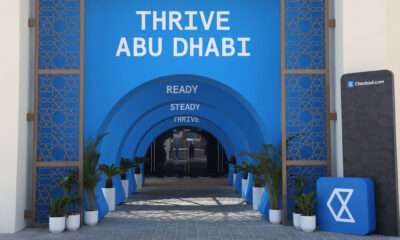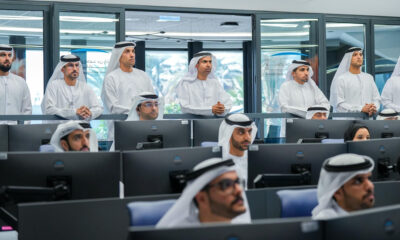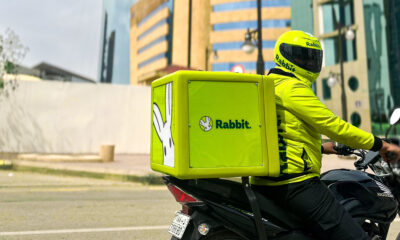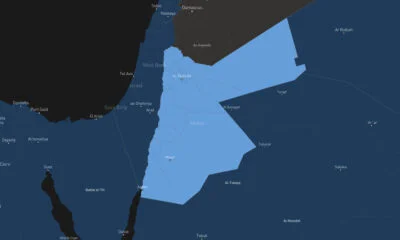News
NASA’s HERA Campaign 7 Reveals New Emirati Crew Member
The Mohammed Bin Rashid Space Centre has chosen Shareef Al Romaithi to undertake simulated missions on Earth.
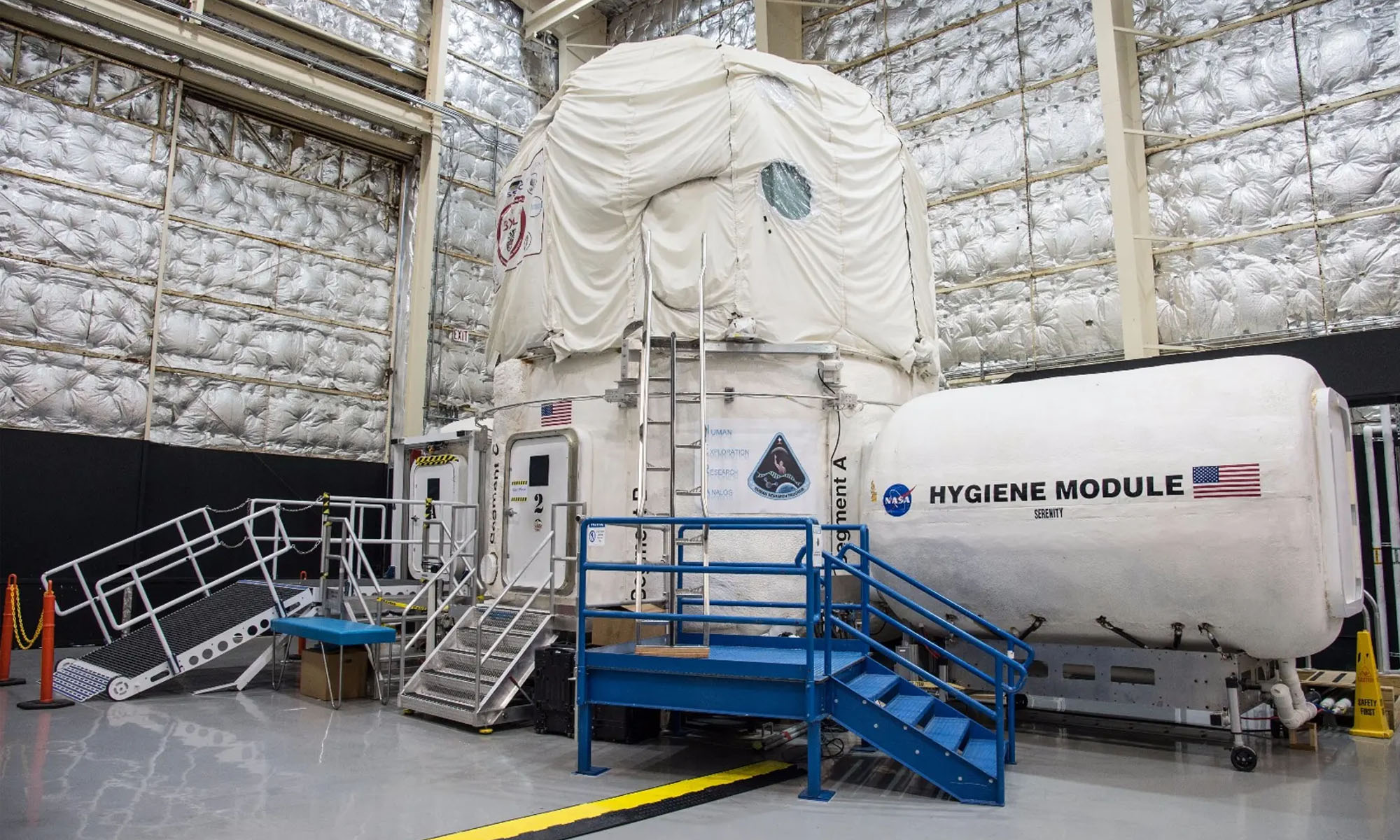
The United Arab Emirates has named a crew member for the upcoming phase of NASA’s Mars simulation mission. Shareef Al Romaithi will join the next phase of NASA’s HERA Campaign 7, spending 45 days at NASA’s Houston, Texas Space Centre with his fellow crew members.
Phase 2 of the second analog study of the UAE Analog Programme is set to begin on May 10. This phase will include an Emirati analog crew member and six experiments from Emirati universities. pic.twitter.com/gxx0F9wjxX
— MBR Space Centre (@MBRSpaceCentre) April 15, 2024
The Mohammed Bin Rashid Space Centre (MBRSC) revealed Al Romaithi’s selection on April 15, 2024. The project, starting on May 10, 2024, seeks to replicate Martian mission conditions to explore the impact of space travel on human physiology and psychology.
Al Romaithi, a seasoned pilot with over 16 years of aviation experience, will reside in a specialized facility in Houston known as HERA (Human Exploration Research Analog). The three-story habitat simulates the isolation and environmental conditions of space exploration in a program spanning multiple phases. The first phase concluded in March, with subsequent phases scheduled for August and November.
The UAE’s MBRSC highlighted Al Romaithi’s involvement in the mission via X (formerly Twitter), emphasizing his role in advancing space exploration. The selection marks a significant step in the UAE’s space endeavors, showcasing its commitment to international collaborations in space exploration.
Also Read: Top 10 Best Freelance Platforms In The Middle East
“We are pleased to announce the selection of Shareef Al Romaithi for the second analogue study of the UAE Analogue Programme at the Hera habitat, marking another significant step towards the UAE’s vision for space exploration,” said the director general of MBRSC, Salem Al Marri.
“This mission, blending scientific research and international collaboration with NASA, is poised to deepen our understanding of the physiological and psychological challenges of long-duration space travel through experiments here on Earth,” added Salem Al Marri. “The UAE is honored to be part of this journey, and we will continue to push the boundaries of what is possible and inspire future generations to be part of the space sector,” the director general concluded.
News
Google Releases Veo 2 AI Video Tool To MENA Users
The state-of-the-art video generation model is now available in Gemini, offering realistic AI-generated videos with better physics, motion, and detail.

Starting today, users of Gemini Advanced in the MENA region — and globally — can tap into Veo 2, Google’s next-generation video model.
Originally unveiled in 2024, Veo 2 has now been fully integrated into Gemini, supporting multiple languages including Arabic and English. The rollout now brings Google’s most advanced video AI directly into the hands of everyday users.
Veo 2 builds on the foundations of its predecessor with a more sophisticated understanding of the physical world. It’s designed to produce high-fidelity video content with cinematic detail, realistic motion, and greater visual consistency across a wide range of subjects and styles. Whether recreating natural landscapes, human interactions, or stylized environments, the model is capable of interpreting and translating written prompts into eight-second 720p videos that feel almost handcrafted.
Users can generate content directly through the Gemini platform — either via the web or mobile apps. The experience is pretty straightforward: users enter a text-based prompt, and Veo 2 returns a video in 16:9 landscape format, delivered as an MP4 file. These aren’t just generic clips — they can reflect creative, abstract, or highly specific scenarios, making the tool especially useful for content creators, marketers, or anyone experimenting with visual storytelling.
Also Read: Getting Started With Google Gemini: A Beginner’s Guide
To ensure transparency, each video is embedded with SynthID — a digital watermark developed by Google’s DeepMind. The watermark is invisible to the human eye but persists across editing, compression, and sharing. It identifies the video as AI-generated, addressing concerns around misinformation and media authenticity.
While Veo 2 is still in its early phases of public rollout, the technology is part of a broader push by Google to democratize advanced AI tools. With text-to-image, code generation, and now video creation integrated into Gemini, Google is positioning the platform as a full-spectrum creative assistant.
Access to Veo 2 starts today and will continue expanding in the coming weeks. Interested users can try it out at gemini.google.com or through the Gemini app on Android and iOS.


